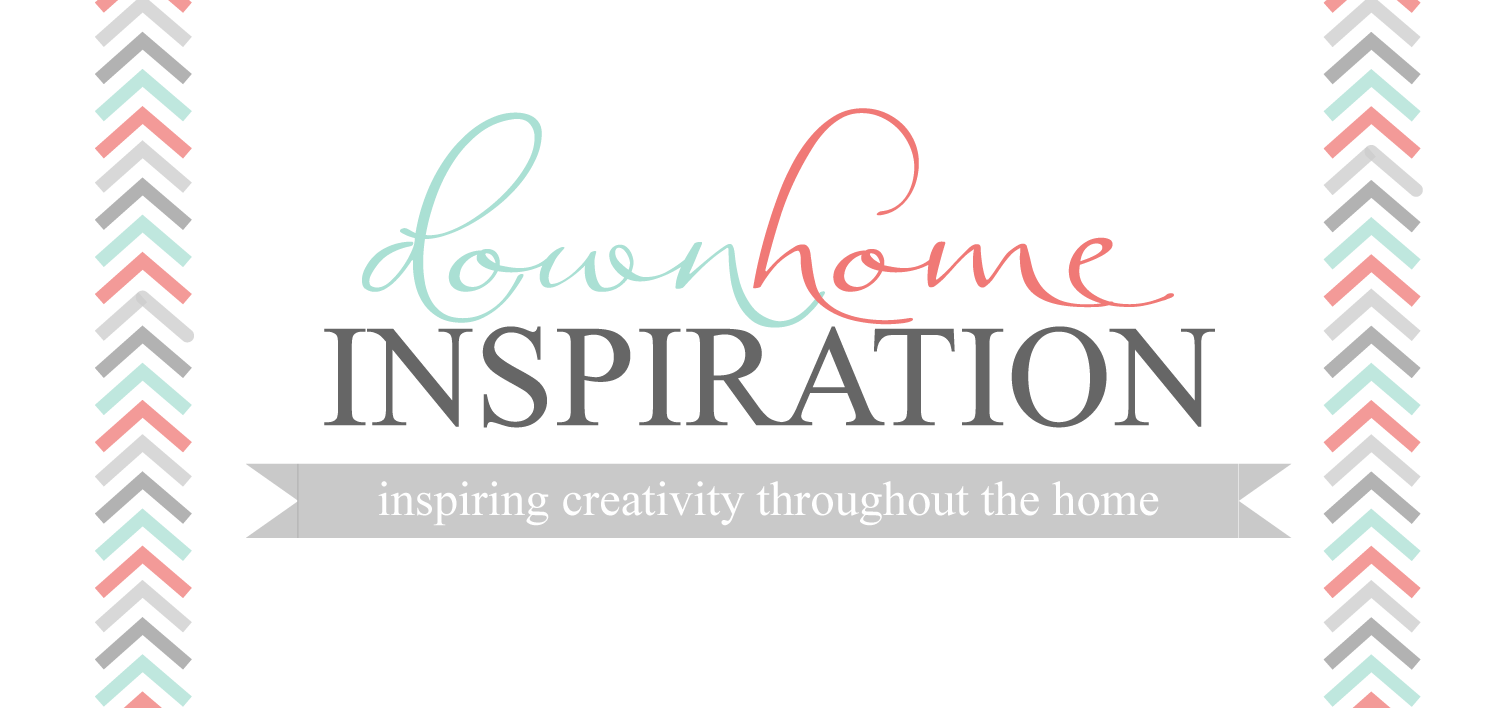Let me start this entire post by saying that I am one of the least talented “artists” that I know. I literally have a hard time drawing stick figures and use stencils for just about everything. Painting has always intrigued and terrified me at the same time, but I was dying to try it. I recently went to one of those paint along classes, and while I enjoyed it, I was so stressed about trying to replicate what the instructor was doing that I wasn’t able to sit back and enjoy it. I decided then and there that I would find a way to make a masterpiece of my own, on my own, that I could be proud of.
So without further ado here is my tutorial on painting ikat for dummies.
Let’s start with the basics of ikat, shall we? Firstly, and the one that throws me off the most, it is pronounced \ˈē-ˌkät\ (basically e – cot). I had been thinking for the longest time that it was eye – cat. Oops.
Okay, now that we’ve got that out of the way, let’s talk about what it actually is. According to Wikipedia, “Ikat, or Ikkat, is a dyeing technique used to pattern textiles that employs a resist dyeing process on the yarns prior to dyeing and weaving the fabric.
In ikat the resist is formed by binding individual yarns or bundles of yarns with a tight wrapping applied in the desired pattern. The yarns are then dyed. The bindings may then be altered to create a new pattern and the yarns dyed again with another color. This process may be repeated multiple times to produce elaborate, multicolored patterns. When the dyeing is finished all the bindings are removed and the yarns are woven into cloth. In other resist-dyeing techniques such as tie-dye and batik the resist is applied to the woven cloth, whereas in ikat the resist is applied to the yarns before they are woven into cloth. Because the surface design is created in the yarns rather than on the finished cloth, in ikat both fabric faces are patterned.
A characteristic of ikat textiles is an apparent “blurriness” to the design. The blurriness is a result of the extreme difficulty the weaver has lining up the dyed yarns so that the pattern comes out perfectly in the finished cloth.”
Whew, I was going to try to rephrase all of that, but I am so glad for copy and paste in this moment.
You can paint this pattern with any supplies really. It would be great with watercolors on a sketch pad, acrylic paints on wood, or you can do what I did and use acrylic on canvas.
Be sure to have similar sized paintbrushes for each color you plan to use so you don’t have to wash them out in between.
Remember while painting this design that there is no need for perfection. In fact, if you are trying to replicate a true ikat, you want it to be imperfect. Yes! Just what “artists” like me need!
You can start wherever you feel most comfortable, but I tend to start on an outer corner towards the top. You can fill in the top portions that won’t have the full design later, so don’t worry about those now.
Working in a chevron pattern, pull your bush in vertical lines. Straight up and down is all you need to know. Repeat this process across the canvas.
For your subsequent colors, you can either leave a white space or you can blend the colors together and paint one line directly beneath the one above it. It is entirely up to you, the artist!
Because that’s what you are now! You’ve created your own work of art! So simple that a dummy like me can do it, this ikat painting buoyed my crafting spirit and gave me the confidence I needed to try new things and share them with you.















[…] back into the frame and then I really struggled with how and what to draw on it. You see, I am a horrible artist and I cannot stomach free handing anything. I use stencils for just about everything, but I […]